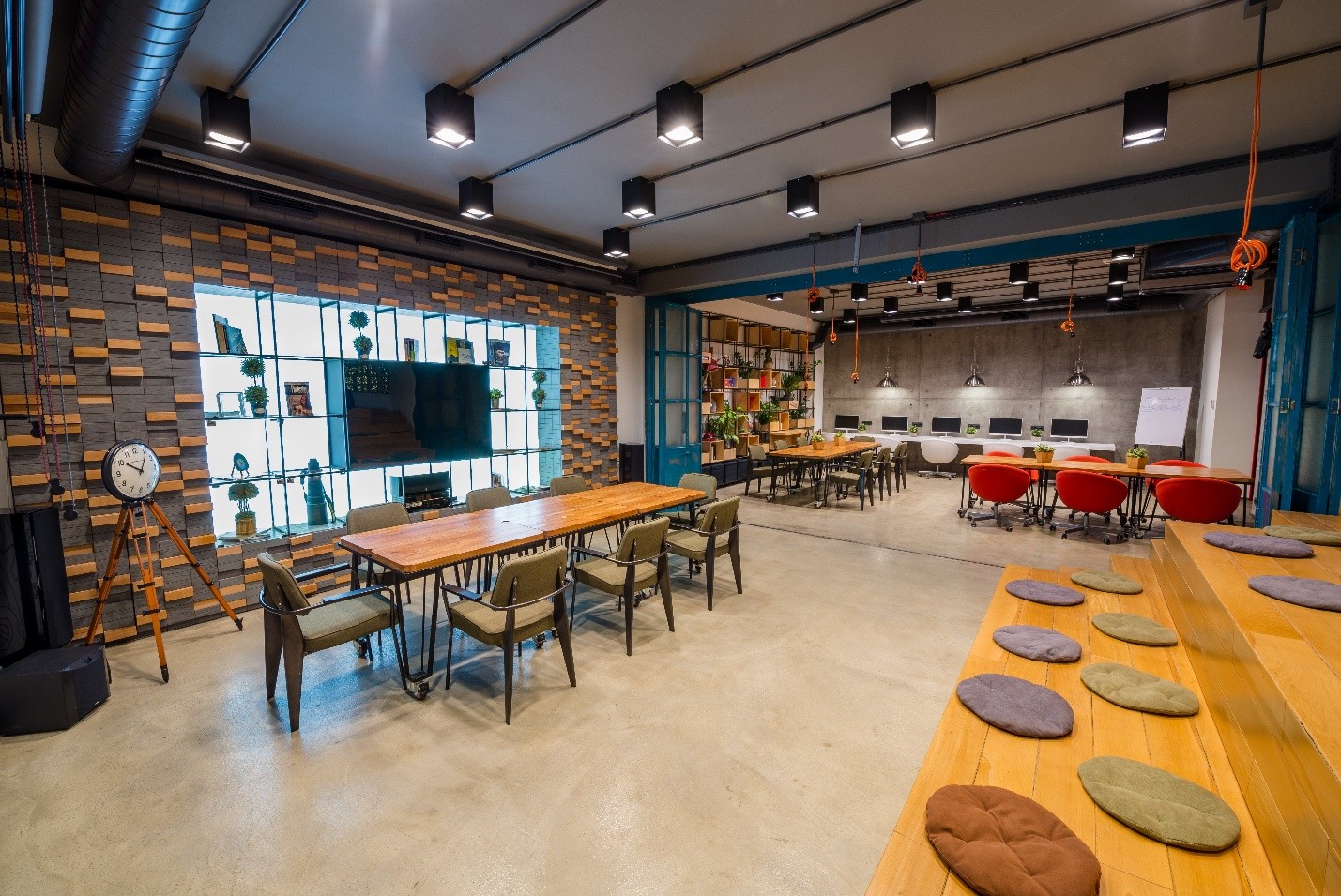When we step into a luxurious hotel lobby, a contemporary auditorium, or a state-of-the-art corporate workspace, what often captures our attention is not just the grandeur of the space but its serene ambiance. That sense of calm, the absence of echo, and the perfect blend of sound and silence—often go unnoticed. At the heart of this silent sophistication lies a smart design element: Wood Acoustic Paneling.
In modern architectural design, aesthetics and performance go hand-in-hand. Spaces are no longer just visual experiences; they are sensorial. Sound plays a critical role in shaping this experience. That’s where Wood Acoustic Paneling enters the scene—delivering a union of visual appeal and acoustic intelligence.
Silent Genius Behind Every Panel
While wood is a naturally warm and visually rich material, its application in acoustic science is grounded in technical know-how. Wood Acoustic Paneling works on the principles of sound absorption and diffusion. Sound waves, when left uncontrolled, reflect off hard surfaces like walls, glass, and ceilings, creating echoes and reverberation that can be discomforting.
To counteract this, Wood Acoustic Paneling is engineered with perforations, slots, or grooves that allow sound waves to pass through the surface. Behind the panels, an acoustic fleece or mineral wool core helps absorb these waves, converting sound energy into heat and reducing reverberation. The result is a space that not only looks elegant but also sounds right.
Aesthetics Meets Engineering
Architects and interior designers have long admired wood for its timeless elegance. But in environments where acoustics are vital—such as offices, conference rooms, hotels, museums, schools, and healthcare centers—the demand is for materials that look good and perform even better.
Wood Acoustic Paneling offers a sophisticated finish that hides its true strength beneath the surface. Available in various veneers, finishes, stains, and customizable patterns, these panels can match or even elevate the architectural theme of any space. From minimalist Scandinavian styles to ornate traditional motifs, Wood Acoustic Paneling complements every design language while addressing acoustic needs seamlessly.

Versatile Applications Across Sectors
The adaptability of Wood Acoustic Paneling makes it suitable for a broad spectrum of applications:
- Corporate Spaces: Boardrooms, open-plan offices, and co-working zones require a controlled acoustic environment to enhance focus and productivity. Here, Wood Acoustic Paneling helps minimize noise distractions while adding a premium look.
- Educational Institutions: In lecture halls and classrooms, managing echo and noise is crucial for effective learning. These panels create a sound-balanced environment conducive to concentration and speech clarity.
- Hospitality Interiors: Whether it’s a luxury hotel lobby, a fine-dining restaurant, or a lounge area, Wood Acoustic Paneling enhances the guest experience by reducing noise pollution and adding a touch of luxury.
- Auditoriums and Theatres: Perhaps the most demanding environments in terms of acoustics, auditoriums benefit immensely from the engineered design of Wood Acoustic Paneling which delivers both sound clarity and visual excellence.
- Healthcare Facilities: In hospitals, acoustic comfort contributes to patient well-being and privacy. Using natural-looking materials like wood further supports a healing environment.
Sound Solutions that Support Sustainability
With increasing emphasis on green building materials, Wood Acoustic Paneling offers sustainable options without compromising on performance. Manufacturers now offer panels made from FSC-certified wood, low-VOC finishes, and recyclable acoustic cores. Additionally, wood itself has a low embodied energy compared to many synthetic materials, making it a planet-friendly choice for acoustic solutions.
Customization: Tailoring to Your Vision
One of the greatest advantages of Wood Acoustic Paneling is its high degree of customization. Architects can specify everything from:
- Wood species (oak, maple, walnut, birch, teak, etc.)
- Finish (matte, gloss, stained, natural)
- Perforation or slot patterns
- Panel sizes and edge detailing
- Backing materials for optimal NRC (Noise Reduction Coefficient)
This allows the design intent to shine through without compromising on the acoustical performance of the space. It becomes possible to translate the vision of a high-end finish into a real-world application that functions exceptionally well.
Performance Metrics That Matter
When selecting Wood Acoustic Paneling, designers and project managers often consider:
- NRC (Noise Reduction Coefficient): Indicates how much sound a panel can absorb. Panels with a higher NRC offer better sound absorption.
- Fire Ratings: Compliance with local fire codes is essential. Panels are treated or engineered to meet Class A or other relevant ratings.
- Durability: In high-traffic areas, panels must withstand wear and tear. Laminated or treated wood surfaces improve longevity.
- Installation Flexibility: From T-grid ceiling systems to wall-mounted batten systems, Wood Acoustic Paneling is designed for quick and efficient installation.
Blending Tradition and Technology
Wood has been used in architectural spaces for centuries, from the hand-carved ceilings of ancient temples to the rich panels of old libraries. What makes Wood Acoustic Paneling different today is the integration of modern acoustic engineering with traditional materials. It symbolizes the blending of art with science—where the warmth of wood and the calm of silence co-exist in harmony.
Conclusion
In today’s design ecosystem, where aesthetics, functionality, and sustainability intersect, Wood Acoustic Paneling stands out as a versatile and intelligent solution. It embodies the idea that good design is not just seen but also heard—or rather, not heard, thanks to its sound-controlling properties.
Whether you’re building a concert hall, designing a luxury office, or transforming an educational institution, investing in Wood Acoustic Paneling is a decision that pays off in both style and substance. It is the hidden science behind high-end finishes, subtly elevating everyday spaces into extraordinary experiences.

